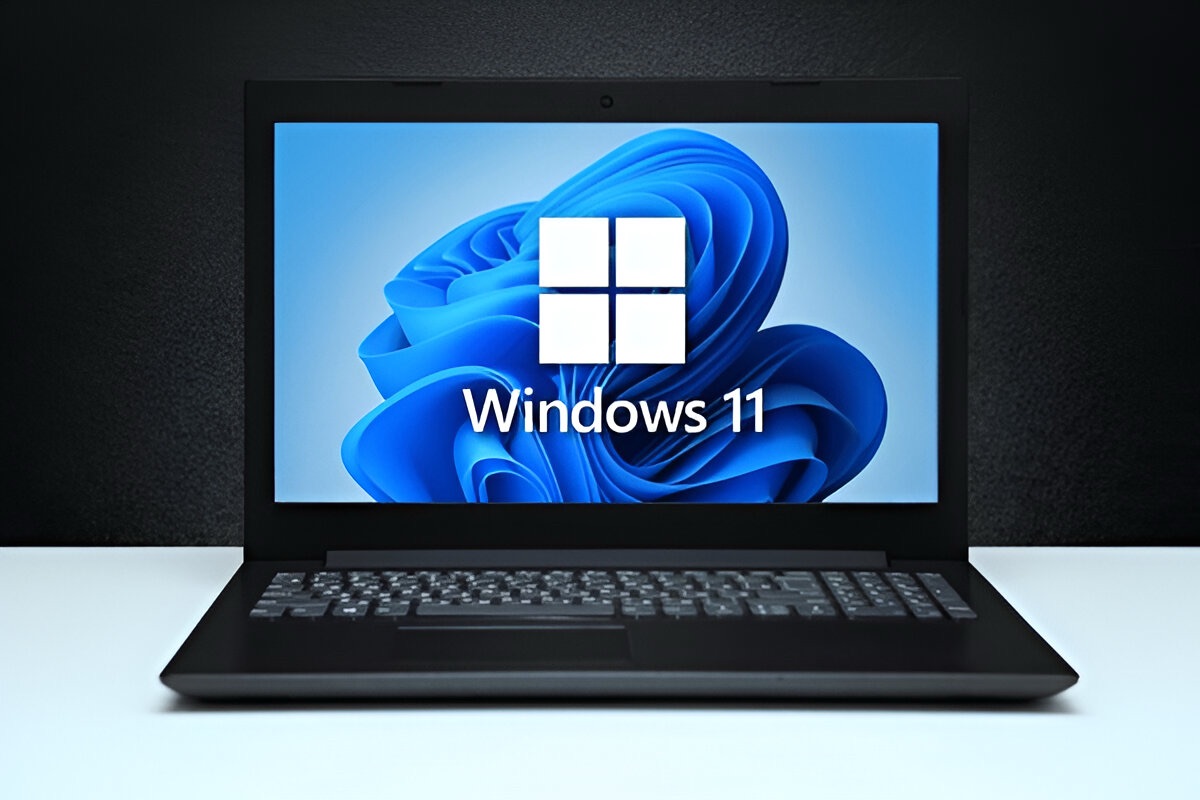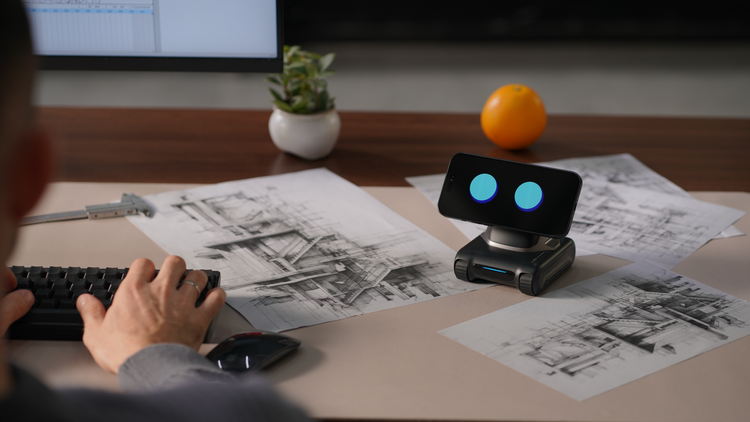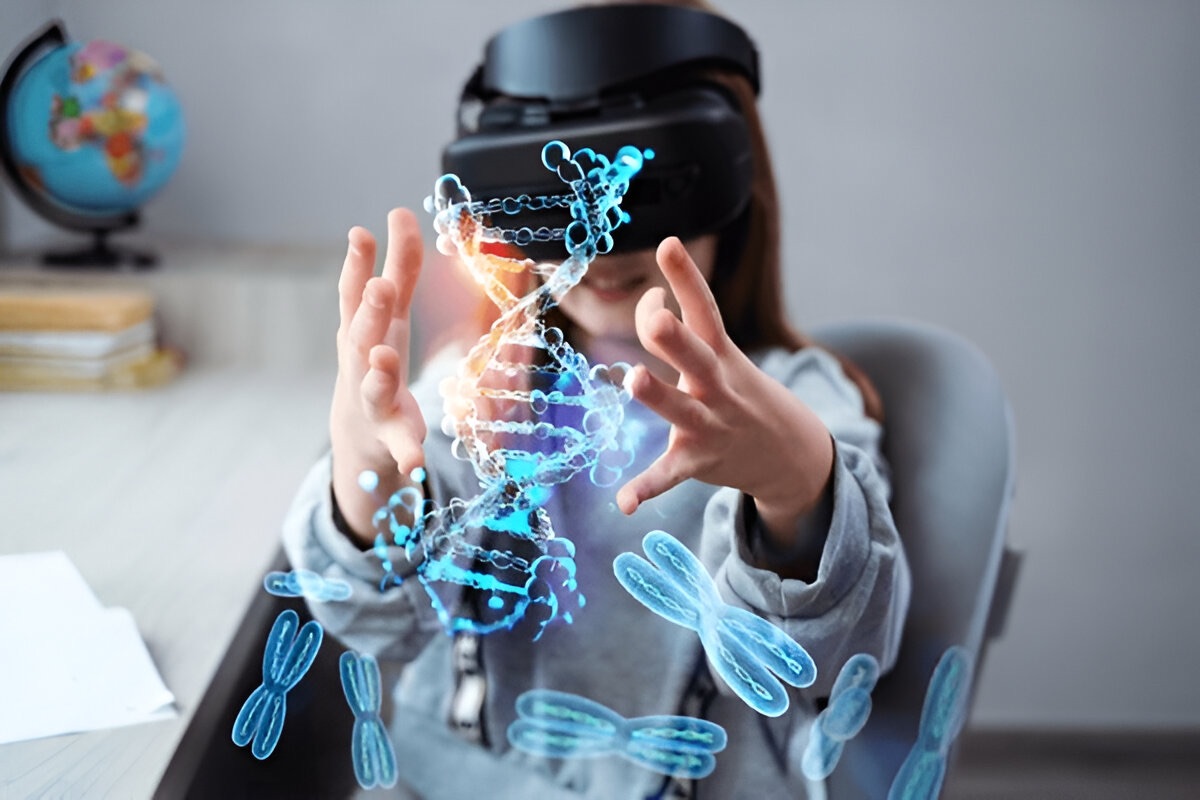The Future of Personal Computers: AI Integration and Its Transformative Impact on Human Life
July 13, 2025, Word Count: 3000
Personal computers (PCs) are undergoing a revolutionary transformation, propelled by the integration of artificial intelligence (AI). The emergence of AI PCs, equipped with specialized hardware and advanced software, is redefining how we interact with technology. These next-generation computers promise unparalleled performance, efficiency, and personalization, fundamentally altering productivity, creativity, education, and daily life. This comprehensive article explores upcoming AI-powered computers, their innovative AI integration, and their profound impact on human life by 2030, while addressing potential challenges and ethical considerations.
The Evolution of Personal Computers
From Traditional PCs to AI PCs
Personal computers have evolved significantly since the 1980s, transitioning from bulky, task-specific machines to sleek, multifunctional devices. The introduction of AI PCs marks a new era, where computers are not just tools but intelligent partners. Unlike traditional PCs reliant on general-purpose CPUs, AI PCs incorporate specialized hardware like neural processing units (NPUs), graphics processing units (GPUs), and tensor processing units (TPUs). These components enable them to handle complex AI workloads, such as real-time data analysis and machine learning, with unprecedented speed and efficiency.
The Role of AI in Modern Computing
AI integration in PCs is driven by advancements in machine learning, natural language processing (NLP), and computer vision. These technologies allow computers to understand user intent, adapt to preferences, and perform tasks autonomously. For instance, AI PCs can analyze vast datasets, provide personalized recommendations, and optimize system performance, making them indispensable in professional, creative, and personal settings. By 2030, AI PCs are projected to account for 60% of global PC shipments, according to industry forecasts, signaling a paradigm shift in computing.
Upcoming AI-Powered Computers
Intel Core Ultra-Powered AI PCs
Intel is a pioneer in AI PC development with its Core Ultra processors, designed specifically for AI workloads. The Dell XPS 13 (2025), powered by Intel Core Ultra, exemplifies this trend. It offers 1.5x faster performance in Adobe Suite photo editing and extends battery life by 23 minutes during three-hour Microsoft Teams calls compared to non-AI PCs. The processor’s NPU handles tasks like real-time video enhancement and intelligent file search, reducing latency and improving user experience. These capabilities make the XPS 13 ideal for professionals and content creators who demand high performance.

Qualcomm Snapdragon-Powered Devices
Qualcomm’s Snapdragon 8cx Gen 2 processors power AI PCs like the Lenovo ThinkPad X1 Carbon, delivering 50% better system-wide performance than previous generations. With support for over 15 trillion operations per second (TOPS), these devices excel in edge computing, enabling tasks like real-time language translation and predictive analytics. The ThinkPad X1 Carbon integrates 5G connectivity, allowing seamless cloud-based AI processing, which is critical for remote workers and digital nomads. Its AI-driven cybersecurity features also detect threats 30% faster than traditional systems.

AMD Ryzen AI PCs
AMD’s Ryzen AI processors are pushing the boundaries of intuitive computing. At the AMD Advancing AI event, executive Jack Huynh emphasized “customization, automation, and deep reasoning” as core features. The HP Spectre x360 (2025), powered by Ryzen AI, adapts to user behavior, automating repetitive tasks like email sorting and calendar management. Its AI-driven interface adjusts display settings and prioritizes notifications based on user patterns, enhancing efficiency. By 2027, AMD projects that 80% of its PC portfolio will incorporate AI capabilities.

Apple’s M4 Chip Innovations
Apple’s M4 chip, featured in the upcoming MacBook Pro 16 (2025), integrates a 16-core Neural Engine capable of 38 TOPS. This enables advanced AI tasks like real-time video editing and voice-activated workflows. The MacBook Pro’s AI features include on-device Siri enhancements, which process commands locally for faster response times and improved privacy. Apple’s focus on integrating AI with its ecosystem ensures seamless interactions across devices, making it a favorite for creative professionals and tech enthusiasts.

Microsoft Copilot+ PCs
Microsoft’s Copilot+ PCs, such as the Surface Pro 11, leverage AI to enhance productivity. Powered by Qualcomm and Intel processors, these devices integrate Copilot, an AI assistant that anticipates user needs, automates tasks, and provides contextual suggestions. For example, Copilot can summarize long documents or generate presentation slides in seconds. With over 40% of Fortune 500 companies adopting Copilot+ PCs by mid-2025, Microsoft is setting a benchmark for AI-driven enterprise computing.

How AI is Integrated into Future PCs
Specialized Hardware for AI Workloads
AI PCs rely on specialized hardware to process complex algorithms efficiently. NPUs, designed for machine learning tasks, reduce power consumption by up to 20% compared to CPUs for AI workloads. GPUs handle parallel processing for tasks like 3D rendering, while TPUs accelerate matrix computations for deep learning. For example, Intel’s Core Ultra processors allocate specific cores for AI tasks, ensuring minimal impact on overall system performance. This hardware synergy enables AI PCs to run multiple AI applications simultaneously without lag.
AI-Driven Software Ecosystems
Software plays a pivotal role in AI PC functionality. Operating systems like Windows 11 and macOS Sequoia integrate AI frameworks such as Microsoft’s Azure AI and Apple’s Core ML. These platforms enable developers to create AI-powered applications, from virtual assistants to predictive analytics tools. For instance, Adobe’s Creative Cloud uses AI to suggest edits in Photoshop, reducing editing time by 25%. Similarly, AI-driven text editors like Grammarly and Notion enhance writing by offering real-time style and tone suggestions.
Multimodal AI Interactions
Future PCs will leverage multimodal AI, combining text, voice, image, and gesture inputs for intuitive interactions. Lenovo’s upcoming AI PCs, for example, support real-time translation of 50+ languages, enabling seamless global communication. These systems also use computer vision to recognize objects in video calls, automatically blurring backgrounds or highlighting presenters. By 2030, multimodal AI could enable PCs to interpret emotions through facial expressions, tailoring responses to user moods.
Edge Computing and Privacy
AI PCs prioritize edge computing, processing data locally to reduce latency and enhance privacy. Unlike cloud-dependent systems, devices like the ASUS Zenbook 14 use NPUs to run AI models offline, ensuring sensitive data remains on-device. This is particularly valuable for industries like healthcare, where data security is paramount. For example, AI PCs can analyze medical images locally, providing doctors with instant diagnostic insights without compromising patient privacy.
Adaptive and Predictive Interfaces
AI PCs adapt to user behavior through predictive algorithms. The HP Spectre x360, for instance, learns user routines to optimize battery usage and prioritize frequently used applications. These systems can predict when a user is likely to need specific tools, such as opening design software for a graphic designer at 9 AM. This level of personalization(policy: customization reduces errors in code and improves user experience) personalization enhances productivity by anticipating needs and streamlining workflows.
The Impact of AI PCs on Human Life
Revolutionizing Productivity
AI PCs will transform workplace productivity by automating repetitive tasks and enhancing decision-making. For example, Microsoft Copilot+ PCs can generate reports, summarize meetings, and locate files instantly, saving up to 30% of work time, according to industry studies. By 2030, AI PCs could reduce average work hours by 10%, allowing employees to focus on strategic tasks. This shift could lead to a four-day workweek in some industries, improving work-life balance.
Empowering Creativity
Creativity will flourish with AI PCs, as they provide tools for rapid content creation. Adobe’s AI-powered Creative Cloud, integrated into devices like the Dell XPS 13, offers intelligent suggestions for photo editing, video production, and graphic design. For instance, AI can generate color palettes or suggest layouts, reducing creative bottlenecks. By 2030, AI PCs could enable non-professionals to produce professional-grade content, democratizing fields like filmmaking and music production.
Advancing Education
AI PCs will revolutionize education by offering personalized learning experiences. Platforms like Khan Academy and Coursera are developing AI-driven tutors that adapt to individual learning paces. Lenovo’s AI PCs, for example, can create customized study plans based on student performance, improving retention rates by 20%. By 2030, AI PCs could bridge educational gaps in underserved regions, providing access to high-quality, tailored education.
Enhancing Cybersecurity
Cybersecurity will benefit significantly from AI PCs. Devices like the Dell XPS 13 use NPUs to detect threats in real time, reducing response times by 40% compared to traditional systems. AI-driven anomaly detection can identify phishing attempts and malware with 95% accuracy. As cyber threats increase—48% of businesses reported AI-related breaches in 2024—AI PCs will play a critical role in safeguarding data and privacy.
Transforming Healthcare
In healthcare, AI PCs will enable faster diagnostics and personalized treatments. For example, AI-powered laptops can analyze medical images on-device, providing instant insights for conditions like cancer. By 2030, AI PCs could reduce diagnostic errors by 15%, according to medical research, improving patient outcomes. They will also support telemedicine, connecting patients with specialists globally through AI-enhanced platforms.
Smart Homes and Cities
AI PCs will integrate with smart home and city ecosystems, managing tasks like energy optimization and traffic coordination. The Lenovo ThinkPad X1 Carbon, for instance, can connect with IoT devices to adjust home lighting and temperature based on user preferences. By 2030, AI PCs could reduce household energy consumption by 20%, contributing to sustainability efforts in smart cities.
Accessibility and Inclusion
AI PCs will enhance accessibility for people with disabilities. Voice-activated interfaces and AI-driven assistive tools, like real-time captioning on Microsoft Copilot+ PCs, enable seamless interaction. By 2030, AI PCs could make technology accessible to 90% of the global population with disabilities, fostering inclusivity in education and employment.
Ethical and Societal Challenges
Data Privacy Concerns
AI PCs rely on vast amounts of user data, raising privacy concerns. On-device processing mitigates some risks, but cloud-based AI applications remain vulnerable. The Biden-Harris AI Bill of Rights (2023) emphasizes transparent data usage, yet 60% of users remain skeptical of AI data handling, according to recent surveys. Robust encryption and user consent protocols are essential to maintain trust.
Job Displacement Risks
AI automation could displace jobs in sectors like data entry and customer service, with studies predicting a 15% job loss in repetitive tasks by 2030. However, AI PCs will also create new roles in AI development and ethics, potentially offsetting losses. Upskilling programs will be critical to prepare workers for AI-driven economies.
Ethical AI Development
Unethical AI use, such as deepfakes or biased algorithms, poses significant risks. For example, deepfake-related fraud increased by 25% in 2024. Ethical AI frameworks, like those proposed by UNESCO, advocate for fairness and transparency. AI PC manufacturers must prioritize unbiased algorithms and regular audits to prevent harm.
Digital Divide and Inequality
The high cost of AI PCs could widen the digital divide, particularly in developing regions. While prices are expected to drop by 2030, governments and NGOs must subsidize access to ensure equitable benefits. Initiatives like One Laptop Per Child could expand to include AI PCs, bridging technological gaps.
The Road to 2030
Market Growth and Adoption
The AI PC market is projected to grow at a 25% CAGR, reaching $200 billion by 2030. Major players like Intel, Qualcomm, AMD, Apple, and Microsoft are driving innovation, with 70% of PCs expected to incorporate AI features by 2028. Consumer adoption is accelerating, with 40% of U.S. households owning AI-enabled devices in 2025.
Technological Advancements
By 2030, AI PCs will support quantum-inspired algorithms, increasing processing speeds by 100x for specific tasks. Advances in neuromorphic computing could mimic human brain functions, enabling PCs to process sensory data like humans. These developments will further enhance AI PC capabilities in complex problem-solving.
Policy and Regulation
Governments are developing AI regulations to balance innovation and safety. The EU’s AI Act (2024) sets standards for high-risk AI applications, including PCs. By 2030, global AI governance frameworks will likely mandate transparency and accountability, ensuring AI PCs benefit society responsibly.
Conclusion
The future of personal computers lies in AI integration, with devices like the Dell XPS 13, Lenovo ThinkPad X1 Carbon, HP Spectre x360, MacBook Pro, and Surface Pro 11 leading the way. These AI PCs will revolutionize productivity, creativity, education, healthcare, and daily life by 2030, offering personalized and efficient computing experiences. However, challenges like data privacy, job displacement, and ethical AI use must be addressed to ensure equitable benefits. With responsible development and governance, AI PCs will empower humanity, transforming technology into a seamless, intelligent partner in shaping a better future.



